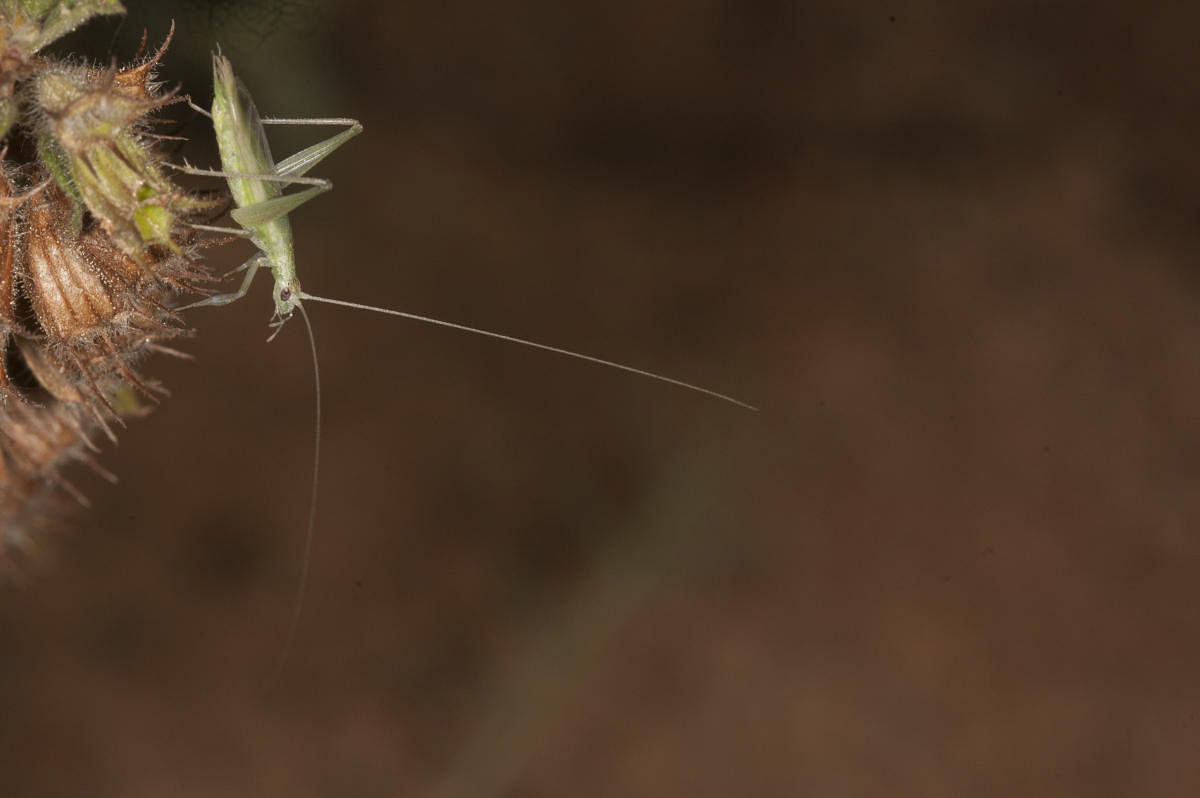

Members of the insect world, it turns out, are not above catcalls, but what happens when a catcall can get you killed by a predator? This was the focus of a study by Bengaluru-based biologists, who found that male tree crickets change their mate-finding behaviour by assessing whether making any noise can get them killed.
The researchers explained that the cricket chirps we hear on summer evenings are males calling to attract females of their species to mate with them. Female crickets do not call, and instead walk towards these calling males.
“The question is what are the consequences of predation on their mate-finding behaviours and mating success?” said researchers at the Centre for Ecological Sciences (CES) at the Indian Institute of Science (IISc). Viraj Torsekar, former PhD student and the first author of the paper who conducted the experiments between February 2016 to May 2017 near Ullodu village in Chikkaballapura district said that the experiments used different ratios of the number of predators (in this case green lynx spiders) to crickets.
The insects were held in outdoor enclosures built in their natural habitat. Scientists then observed the crickets and examined whether they changed their mate searching behaviour under different levels of threat, and noted their chances of survival. They also estimated the effects of these direct and indirect pressures on the mating success of the crickets.
When the threat of predation increased, male crickets reduced calling, and moved towards other singing males they could hear around them. “This directed movement indicates that they may be switching to a tactic known as ‘satellite’ behaviour,” he said. These silent, satellite males hang around a caller, and attempt to mate with females who approach the singer. However, this has a low success rate. At the same time, the researchers found that female crickets do not reduce their movements even when the risk of being eaten was high.
“This result was unexpected because males are expected to be the more risk-taking sex,” Torsekar said.
Rohini Balakrishnan, Professor at CES and senior author of the paper added: “I think what is really novel and exciting about this study is that it examines both direct effects via mortality, and indirect effects via changes in behaviour, of predation on fitness, in both sexes, in very close to natural situations.”
The study was published in the journal Functional Ecology.